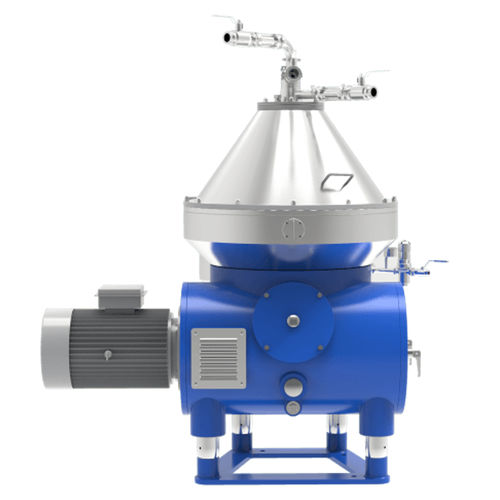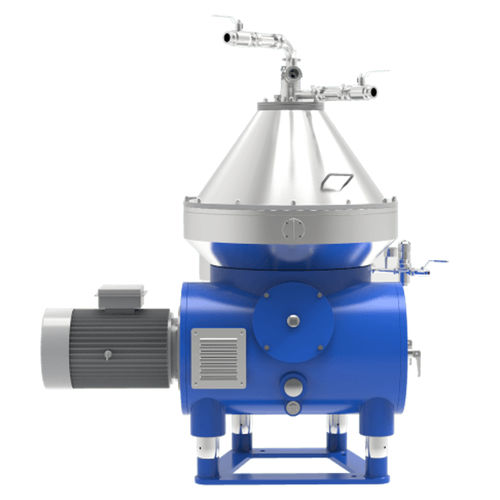
#Industry News
Advances in Today’s Production Process of Surimi
Improvement of Modern Process
What is Surimi?
Surimi (Japanese: 擂り身 / すり身, "ground meat") is a paste made from fish or other meat. The term can also refer to a number of East Asian foods that use that paste as their primary ingredient. It is available in many shapes, forms, and textures, and is often used to mimic the texture and color of the meat of lobster, crab, grilled Japanese eel or shellfish. So it’s often referred to as “imitation” seafood, surimi is not actually “fake” or “artificial”— it is made with real seafood and enjoys both a long history and global favor.
How Is It Made?
Surimi - Lean meat from fish or land animals is first separated or minced. The meat then is rinsed numerous times to eliminate undesirable odors. The result is beaten and pulverized to form a gelatinous paste. Depending on the desired texture and flavor of the surimi product, the gelatinous paste is mixed with differing proportions of additives such as starch, egg white, salt, vegetable oil, humectants, sorbitol, sugar, soy protein, and seasonings.
Frozen surimi - Frozen surimi is a frozen product of surimi, which is a kind of surimi product that can be preserved for a longer period of time at low temperature by adding additives such as sugar and polyphosphates for protein resistance to freezing and denaturation after the raw fish is picked, rinsed and dehydrated.
Basic Principles - Gelation energy
After the fish is minced and ground with salt, actin, and myosin can be combined to form actomyosin (lysate), which forms an elastic gel when heated, and this ability is called gelation energy.
Process Flow
Raw Fish → Preservation of Freshness → Pre-Treatment → Cleaning → Fleshing → Rinsing → Fine Filtration → Dehydration → Chopping by Fine Cutting Machine → Forming → Plate Quick-Freezing → Packaging → Freezing → Storage
Improvement of Modern Process
Since the industrial production of frozen surimi began in Japan in the early 1960s, research on the development of frozen surimi technology and production equipment has been carried out simultaneously. Although the production process has not changed significantly over the past 30 years, there have been many improvements in the production methods and equipment used, specifically in the development of meat harvesting methods, rinsing forms, and dewatering equipment.
In the early 1990s and the late 2000s, the price of surimi skyrocketed. This impacted many small Japanese kamaboko companies, causing many to bankrupt due to the cost of materials as well as the diminishing habit of eating kamaboko daily by younger generations. As the price rose, surimi industry sought methods to minimize waste. The decanter technique, developed in the mid-1990s, further improved the recovery of fish meat during the washing process.
In traditional surimi production, the chopped fish fillets are subjected to two to three washing processes. During this process impurities such as blood and fat are washed away. The wash water is usually roughly filtered through a rotary sieve, while the fish is dewatered by a screw press, then the meat is treated with antifreeze and deep-frozen. This method of surimi production has many disadvantages:
Washing and auger press processes lead to significant fish fiber loss
Raw materials are easily contaminated with bacteria
High consumption of water for cleaning
High demand for space
The advantages of using decanter centrifuges:
Fully automatic operation, low operating costs
Built-in CIP cleaning system, hygiene guarantee
Able to recycle cleaning water, reduce fish fiber loss
Highly flexible, can adapt to different market requirements
Low investment in infrastructure, small footprint, compact equipment structure
The switch to decanter centrifuges in modern processes not only recovers fish from the cleaning water but also replaces screw presses, which increases the recovery of solids by about 17% and the total yield of minced fish by 50%. From the analysis of the data results, it is clear that the use of centrifuges for dewatering in the production of surimi has obvious benefits.






